Landscape Design in Queens, New York, with LASD Studio

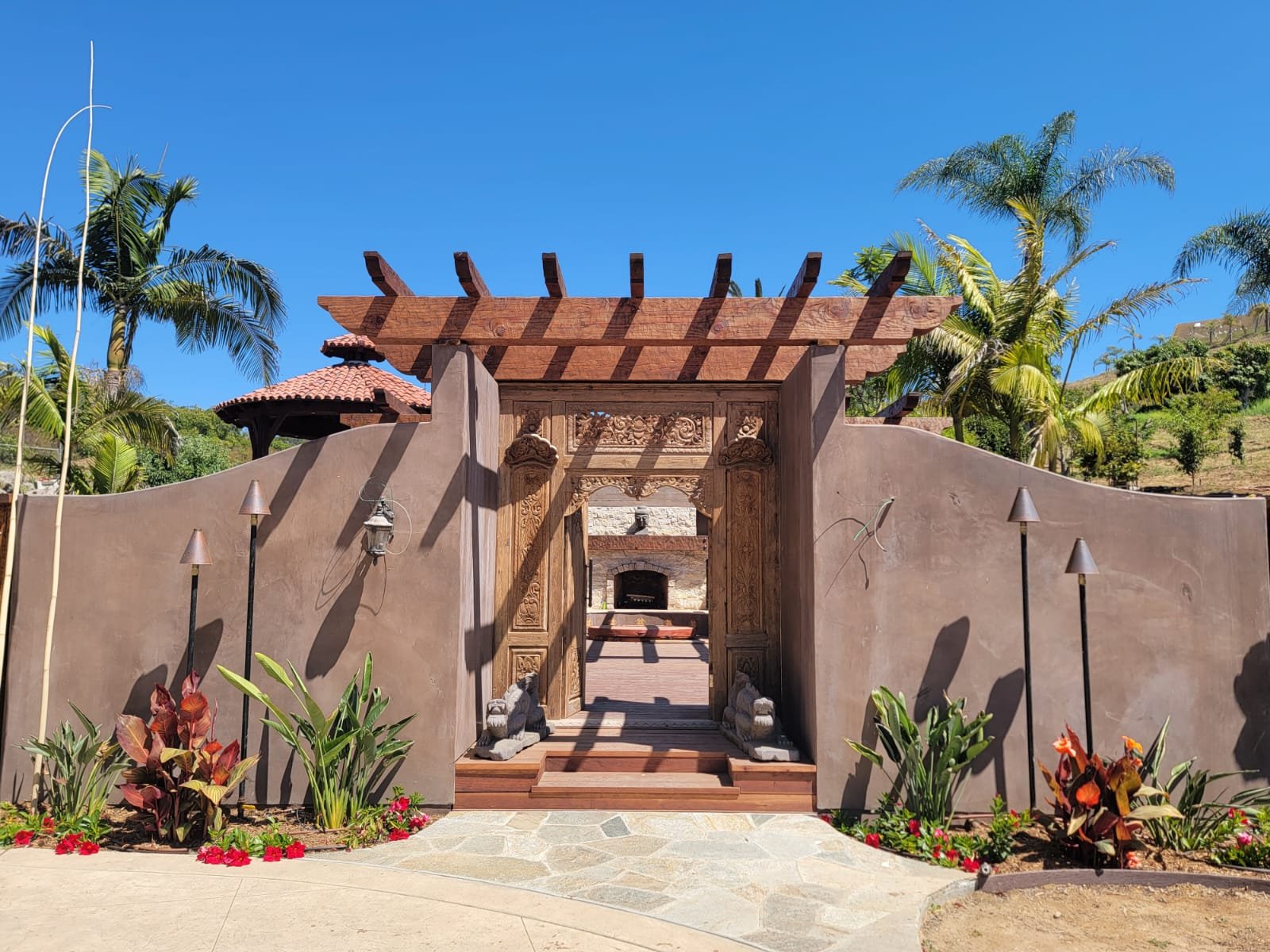
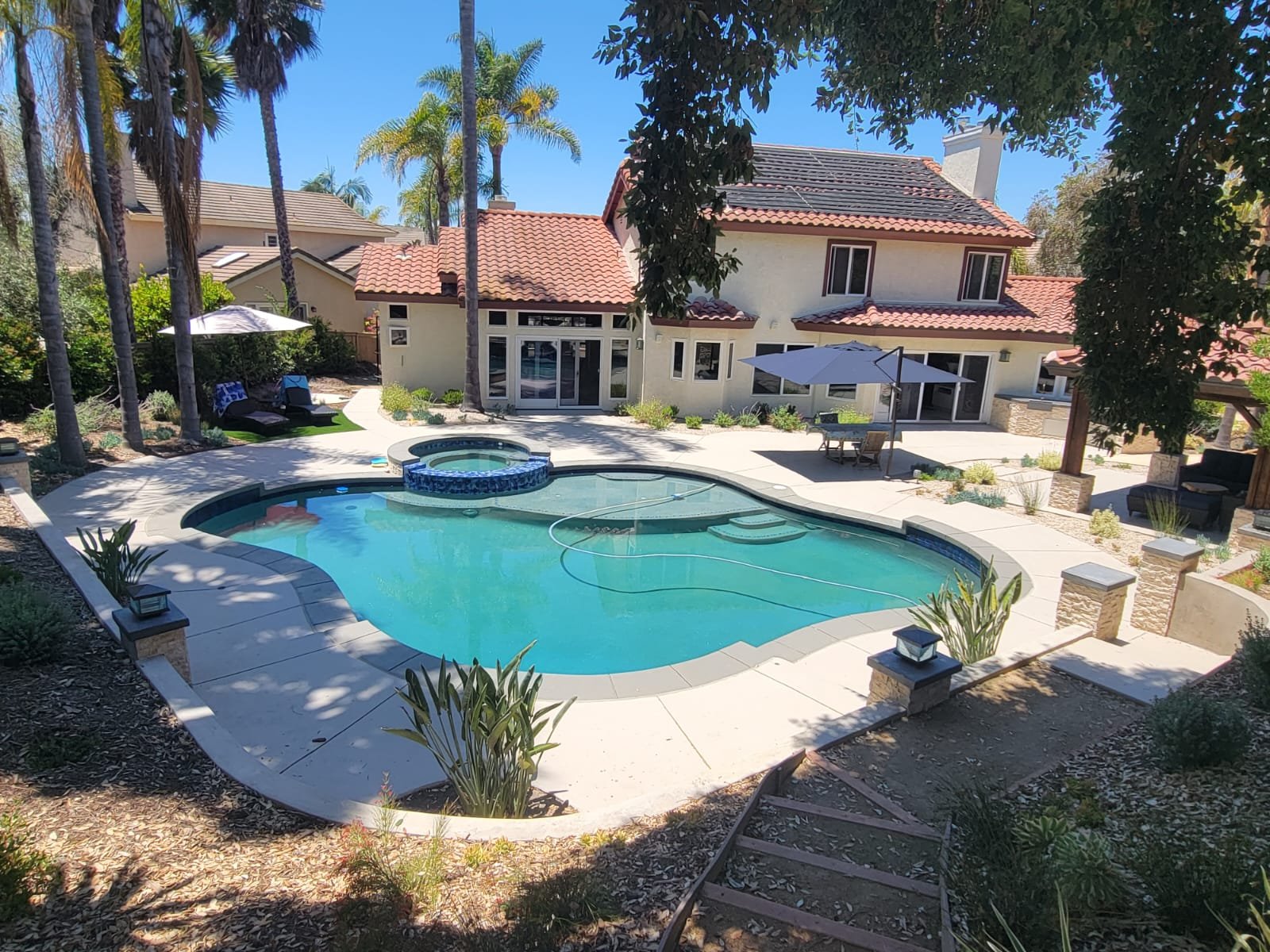
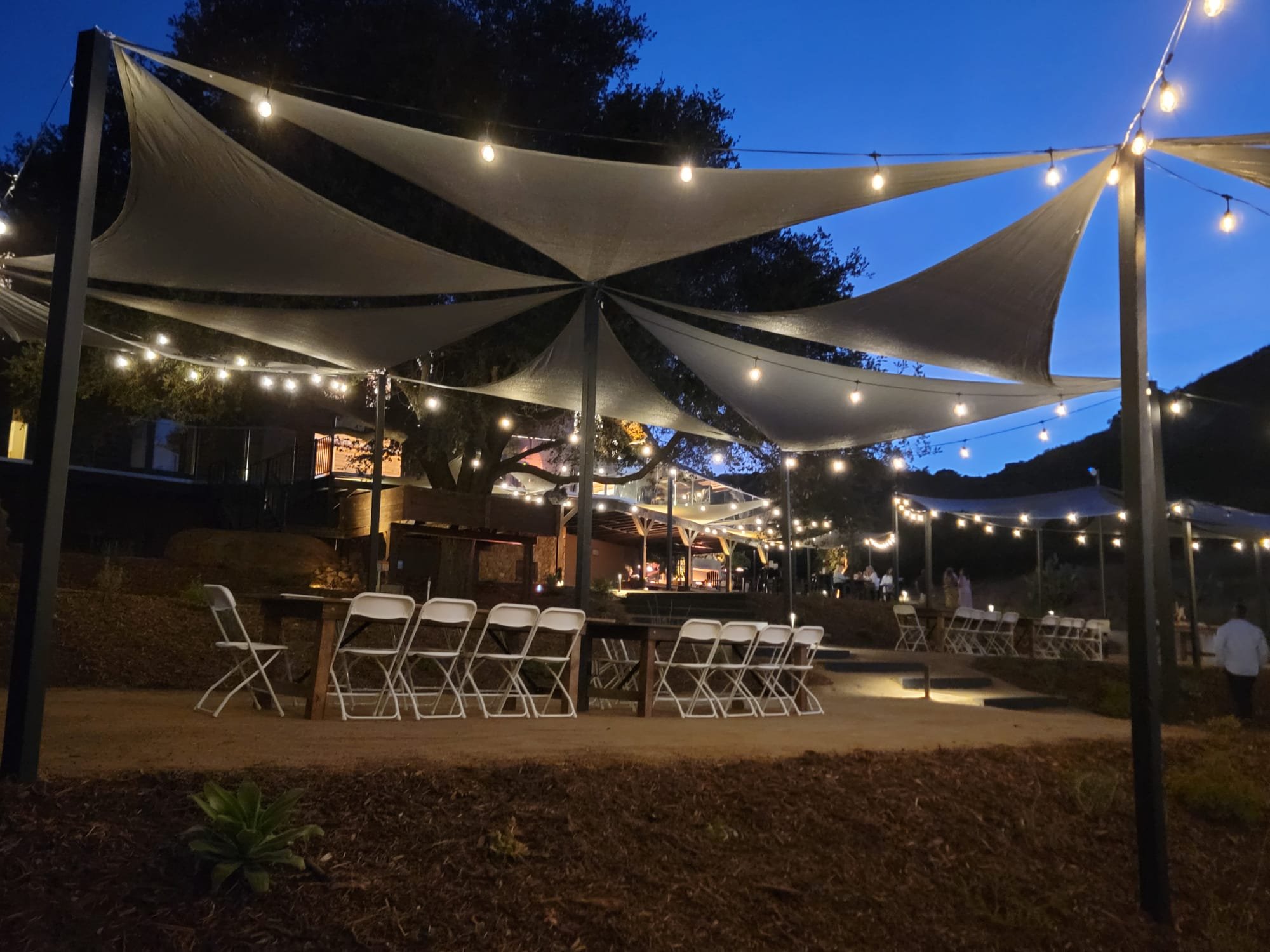

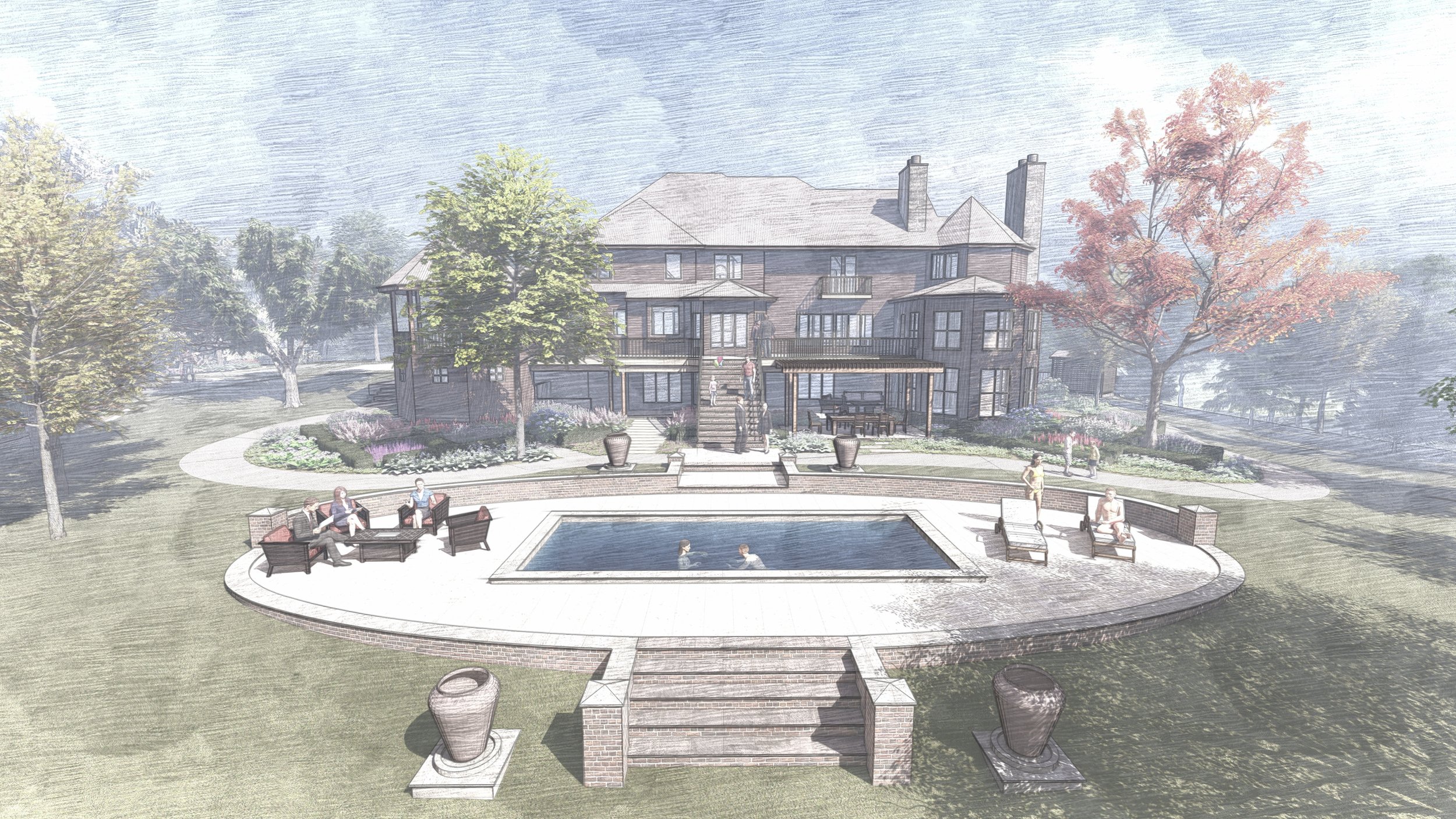
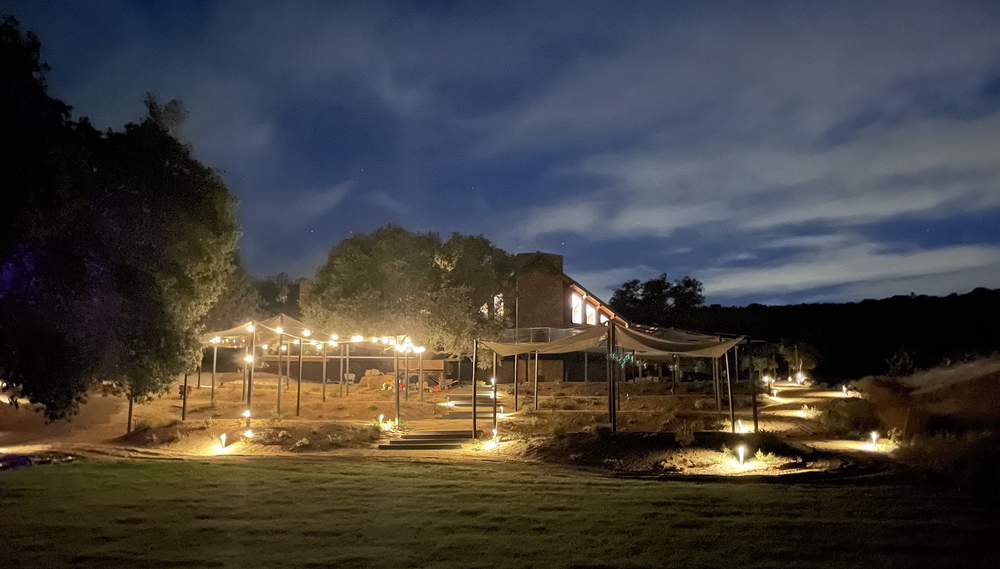


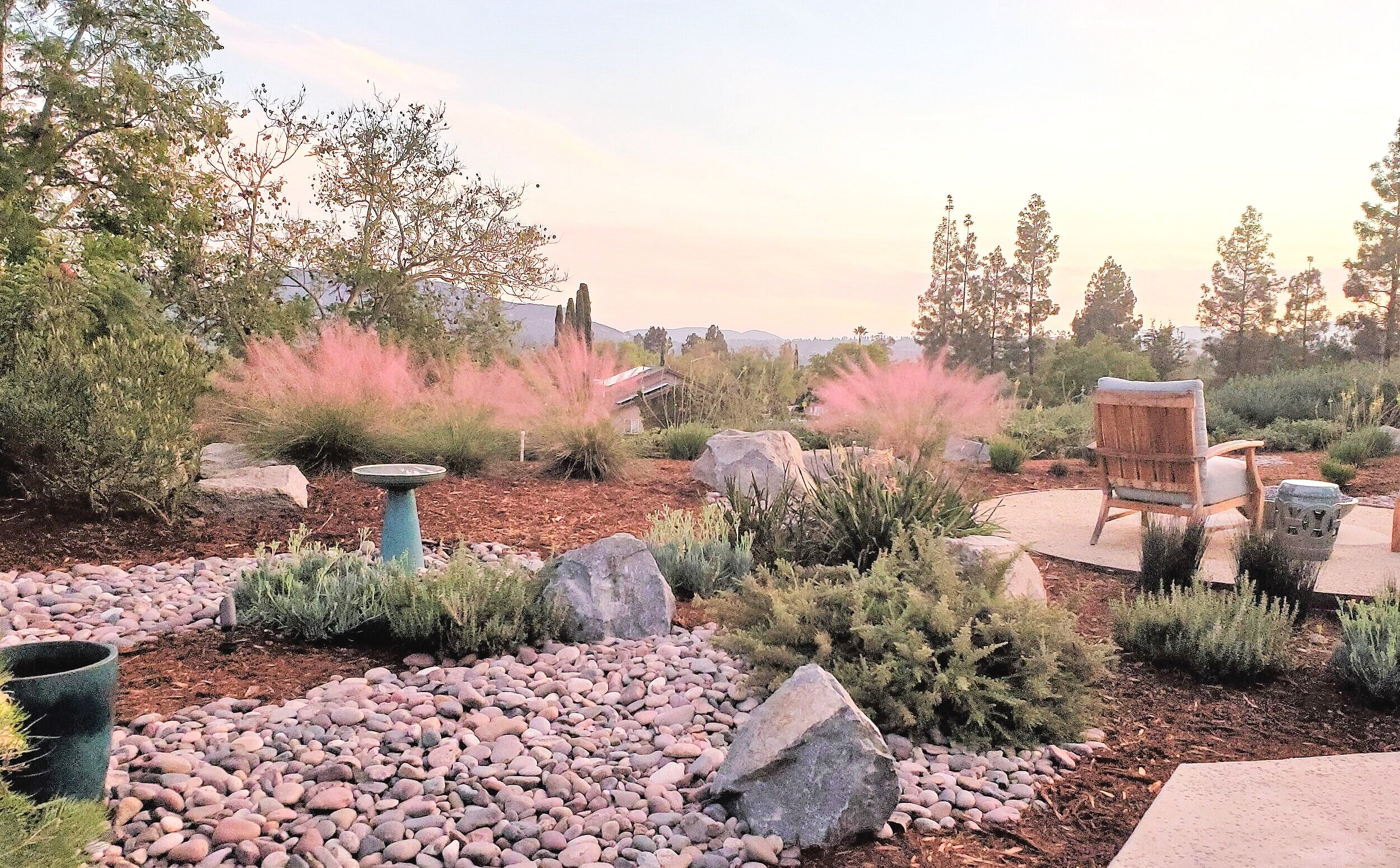
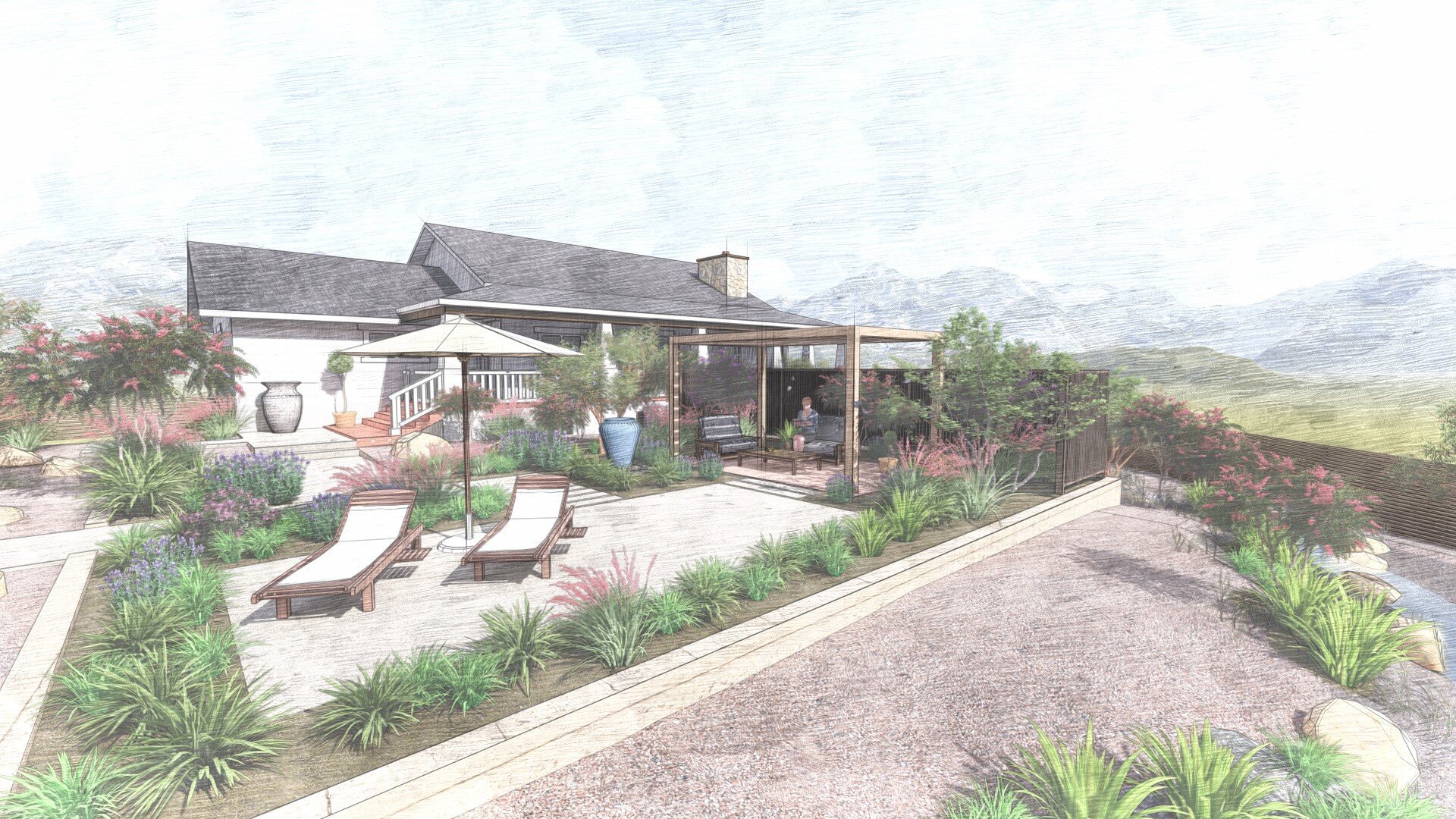
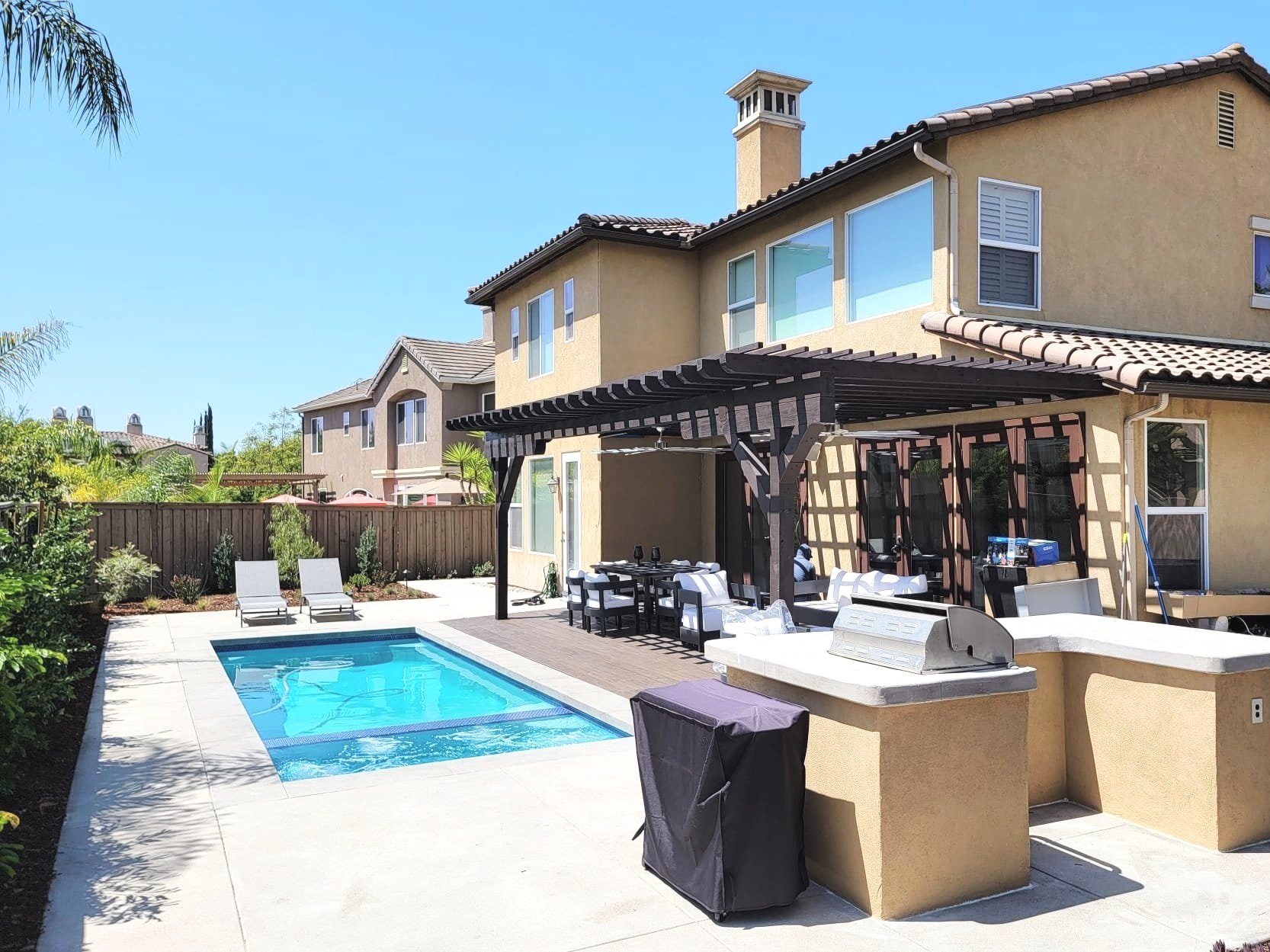


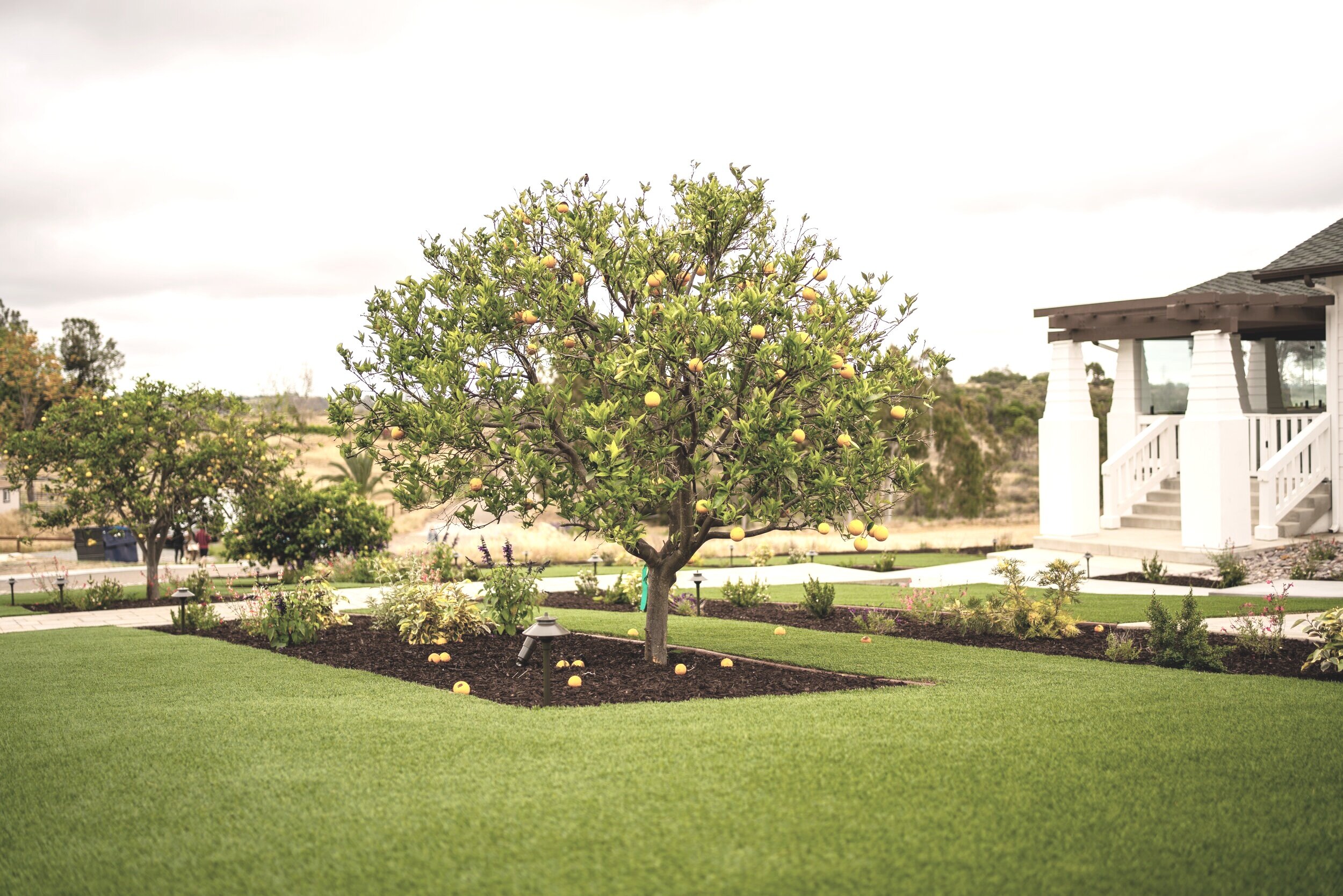




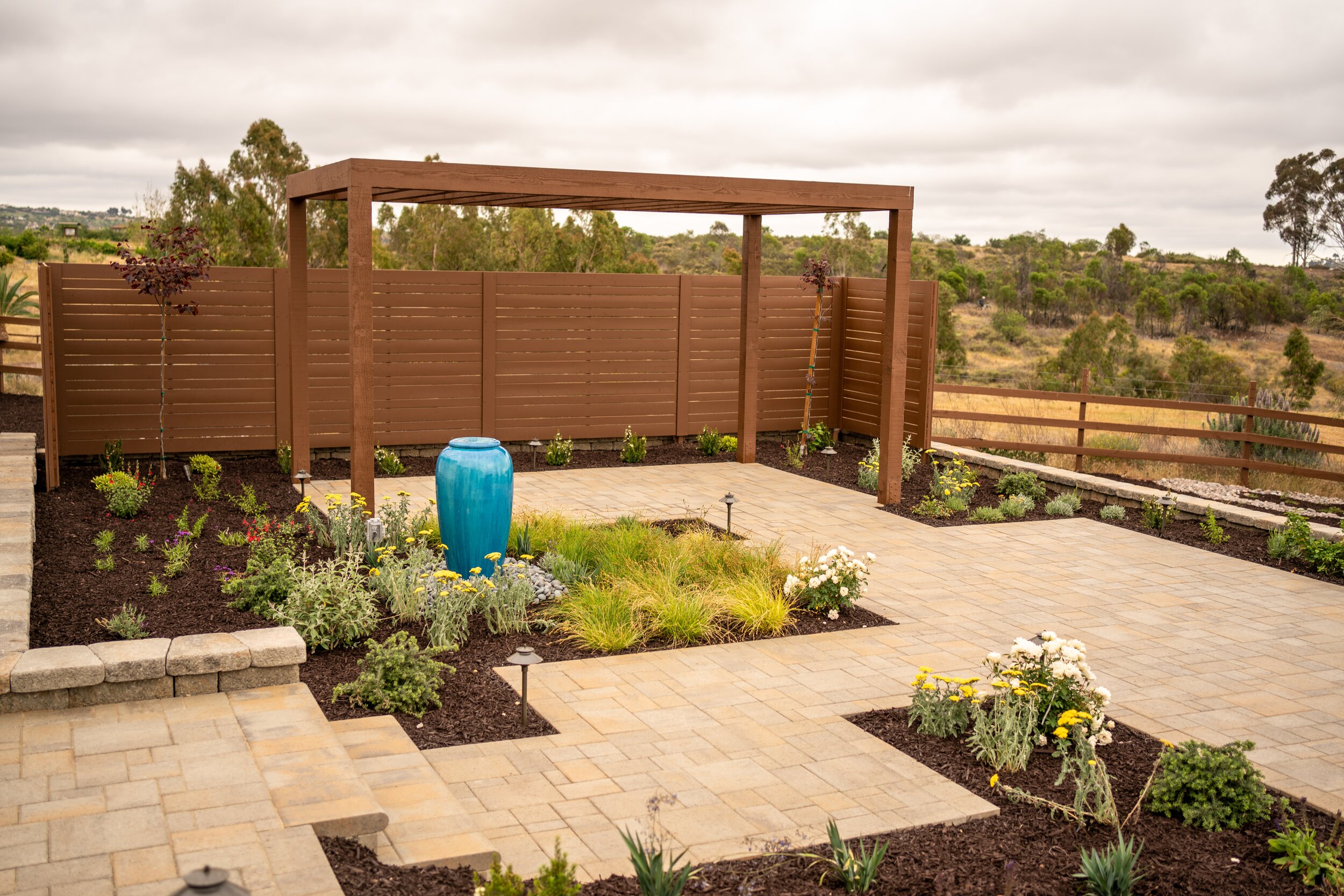



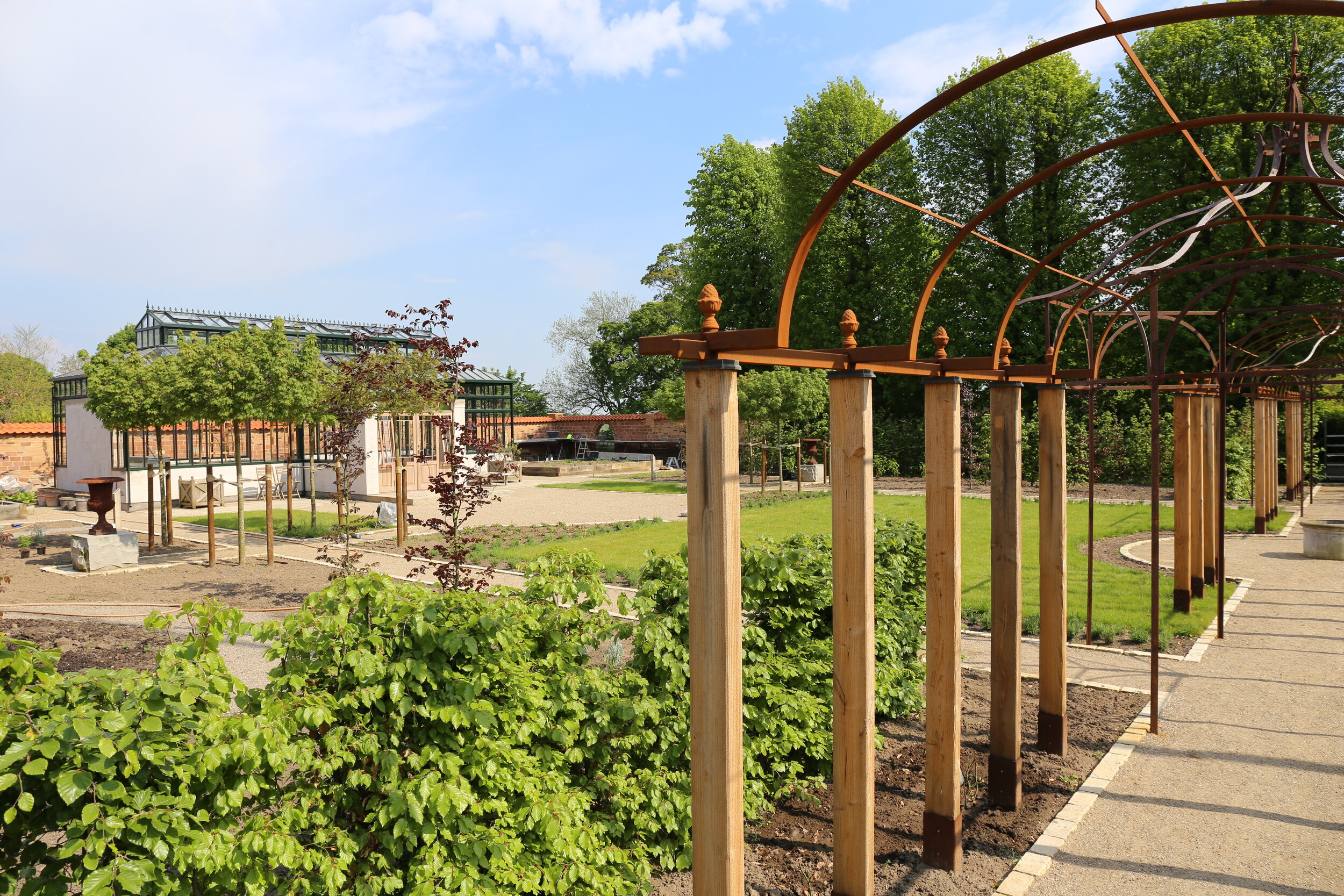

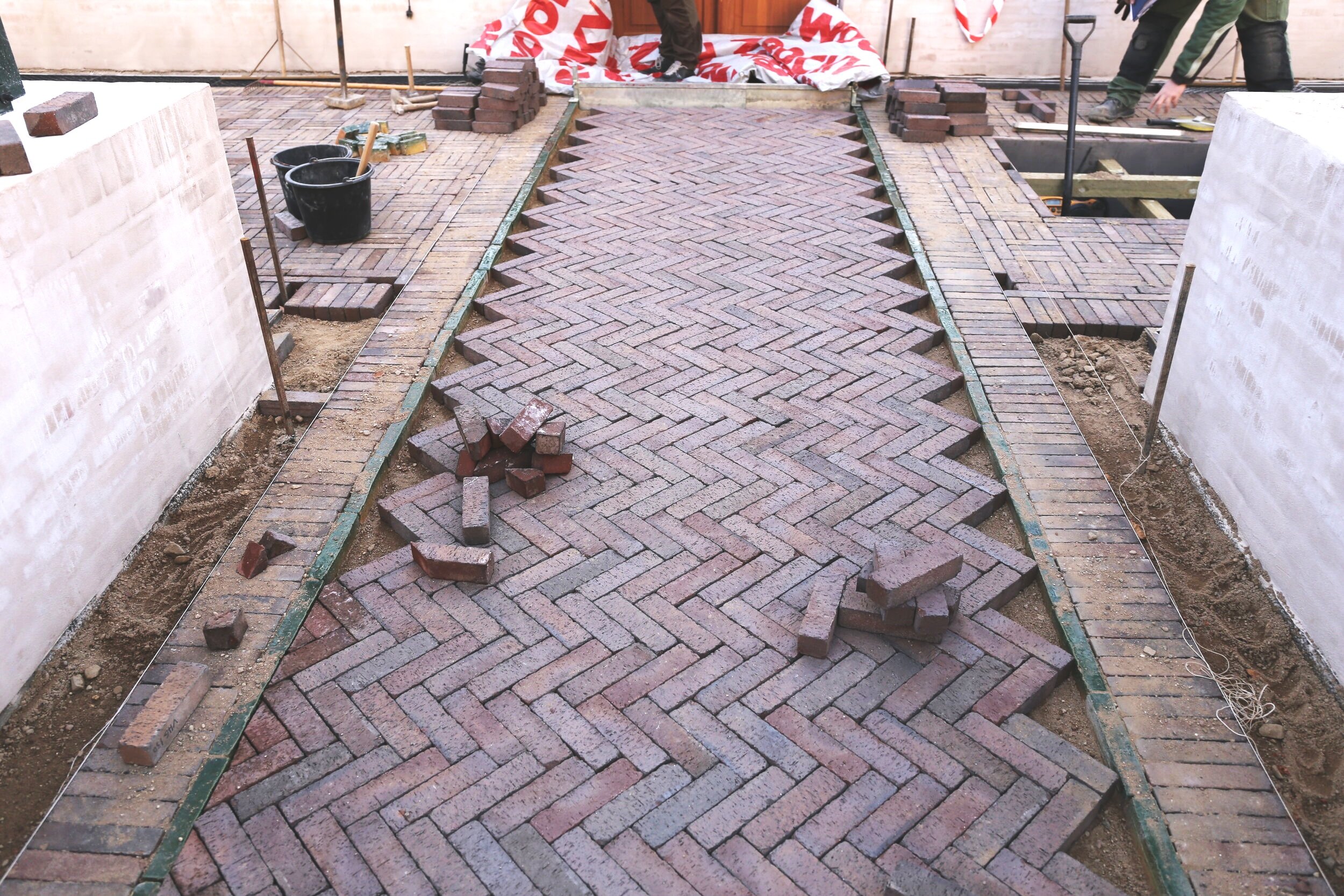

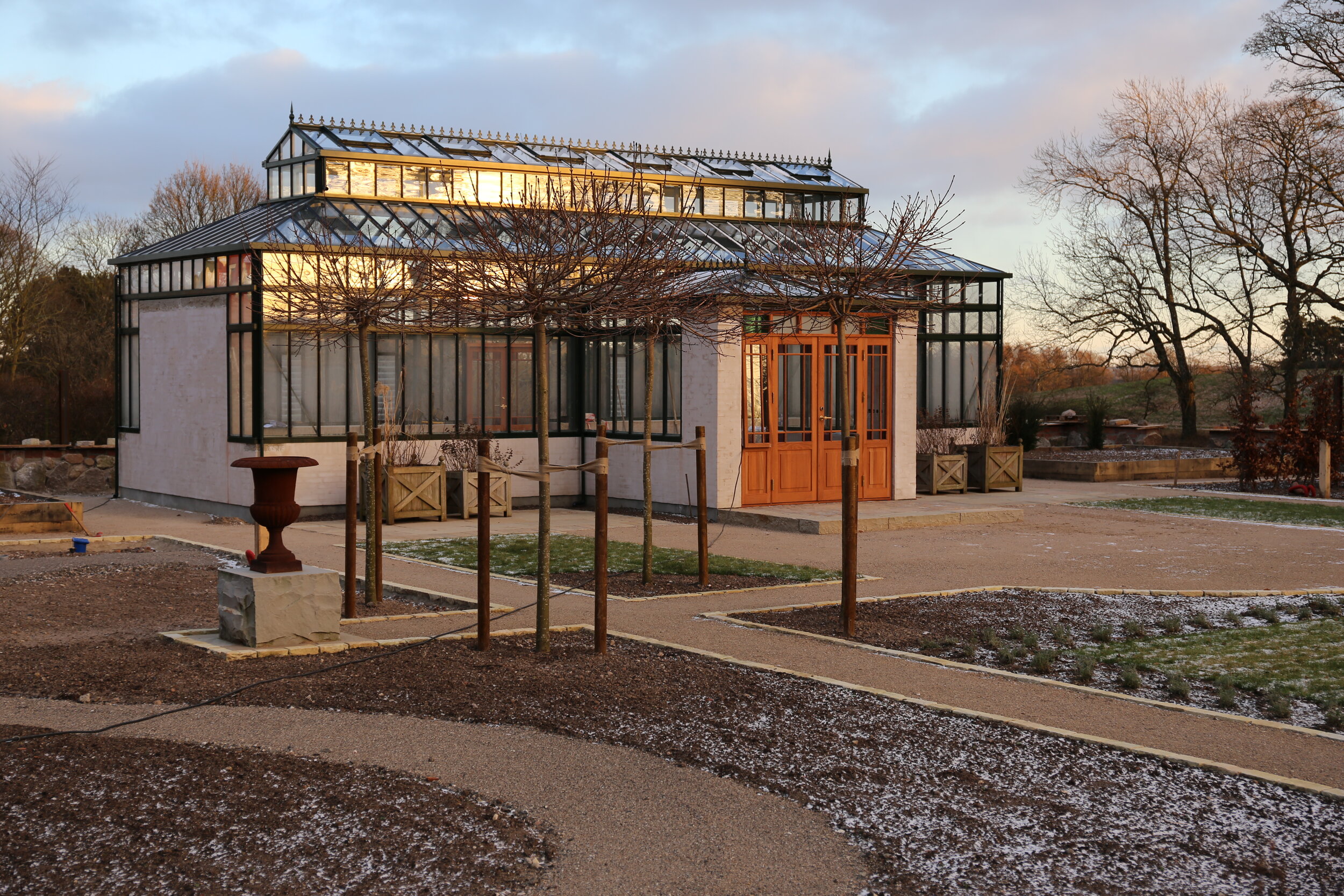

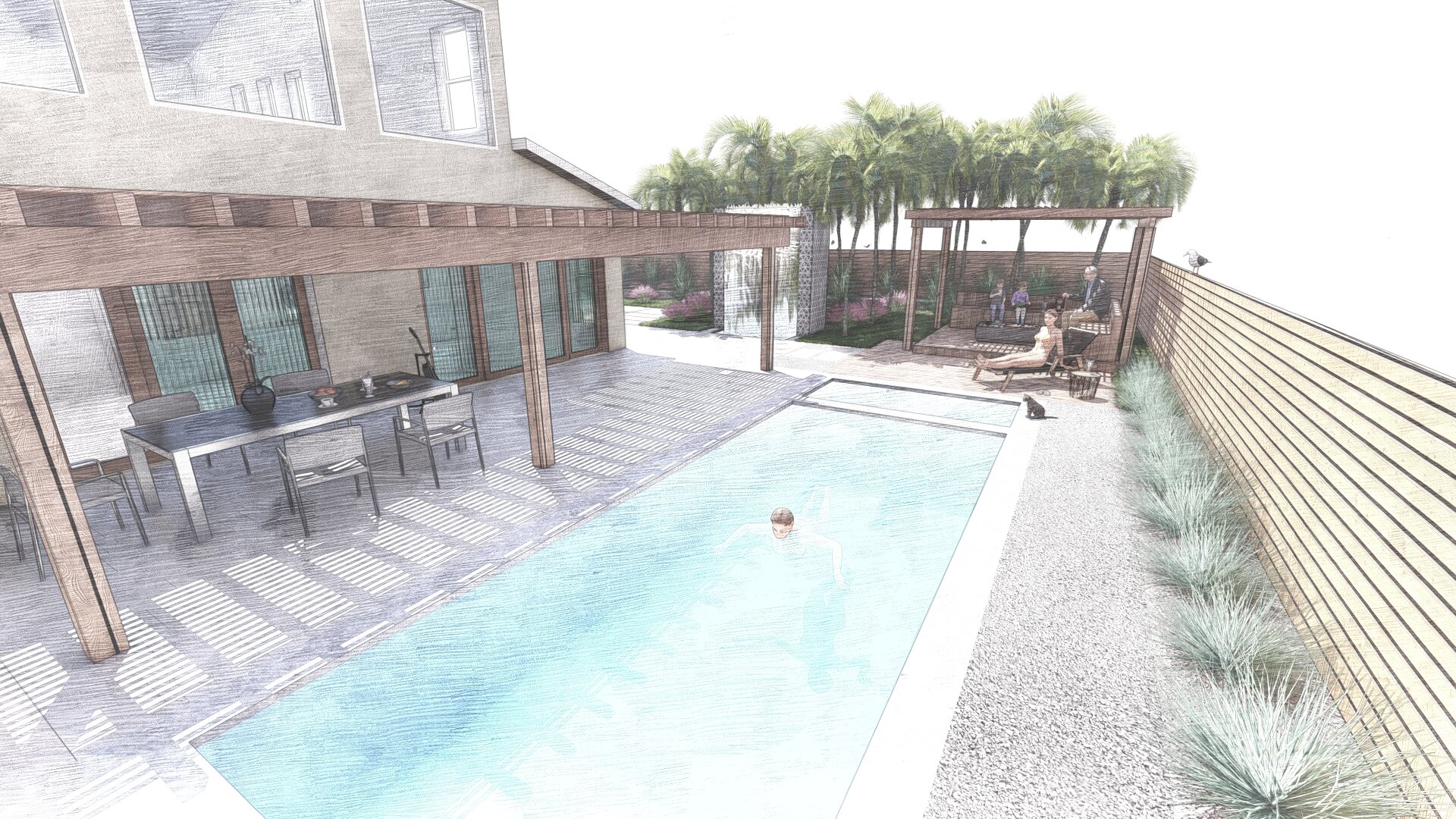


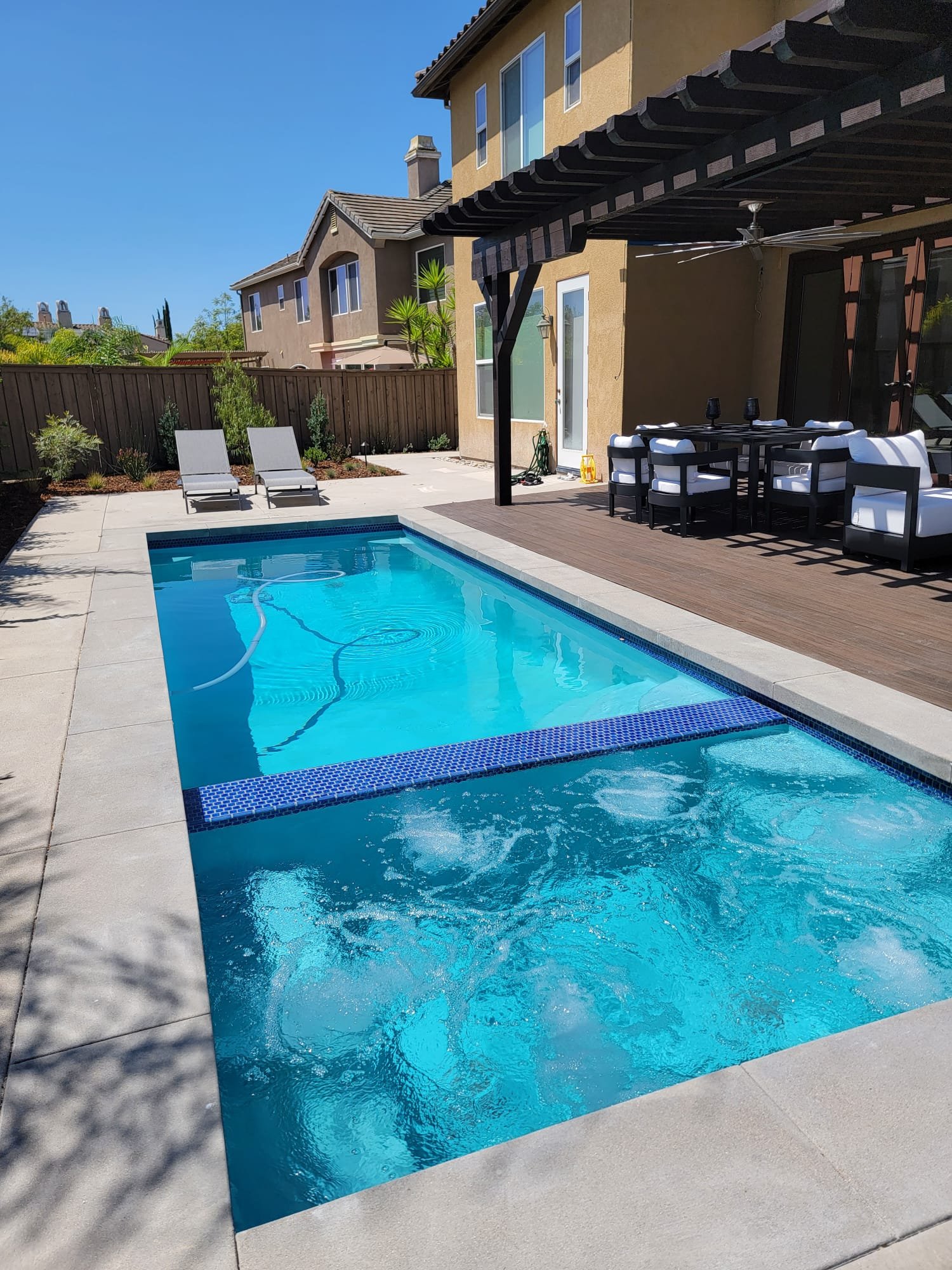

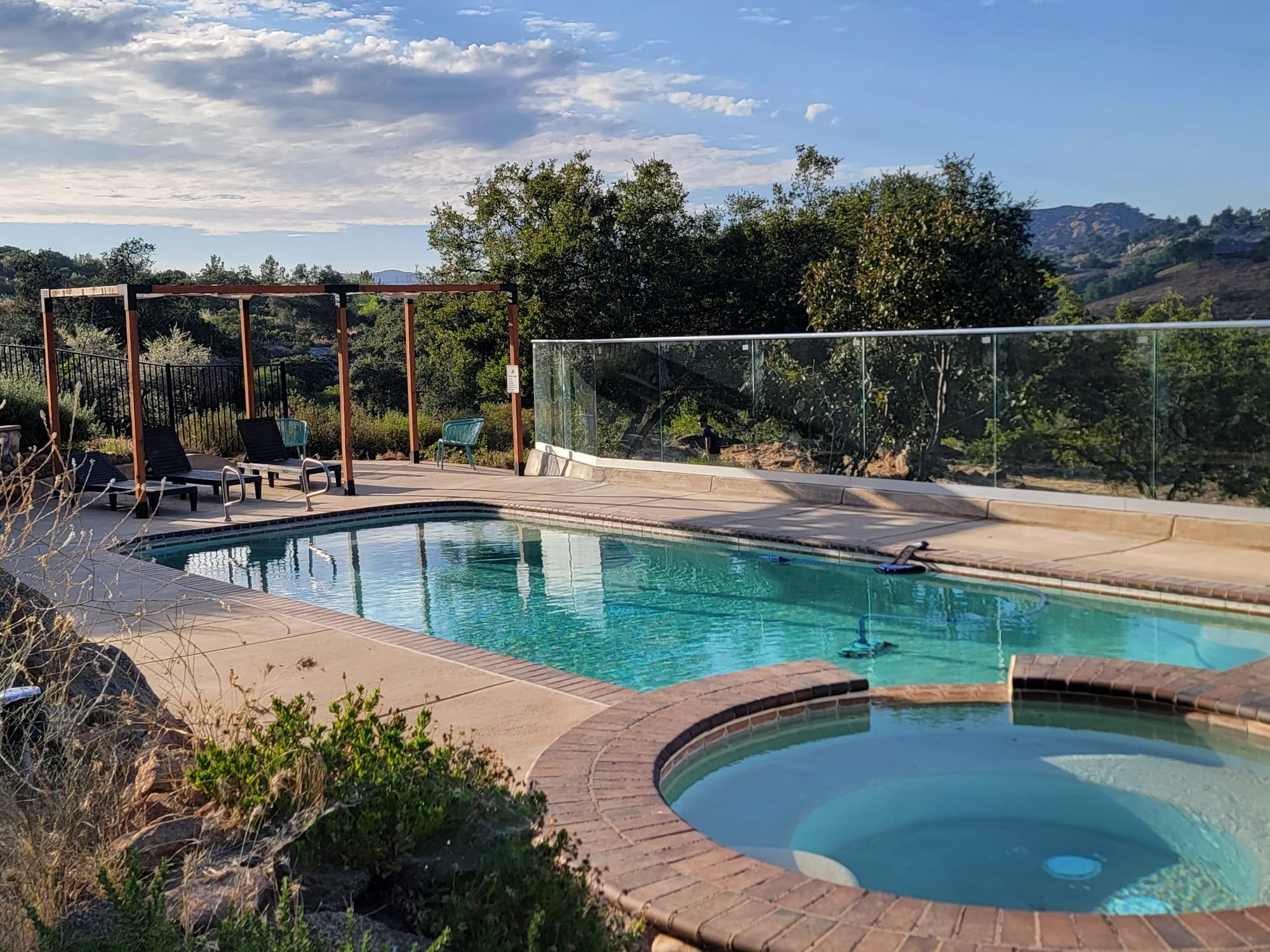
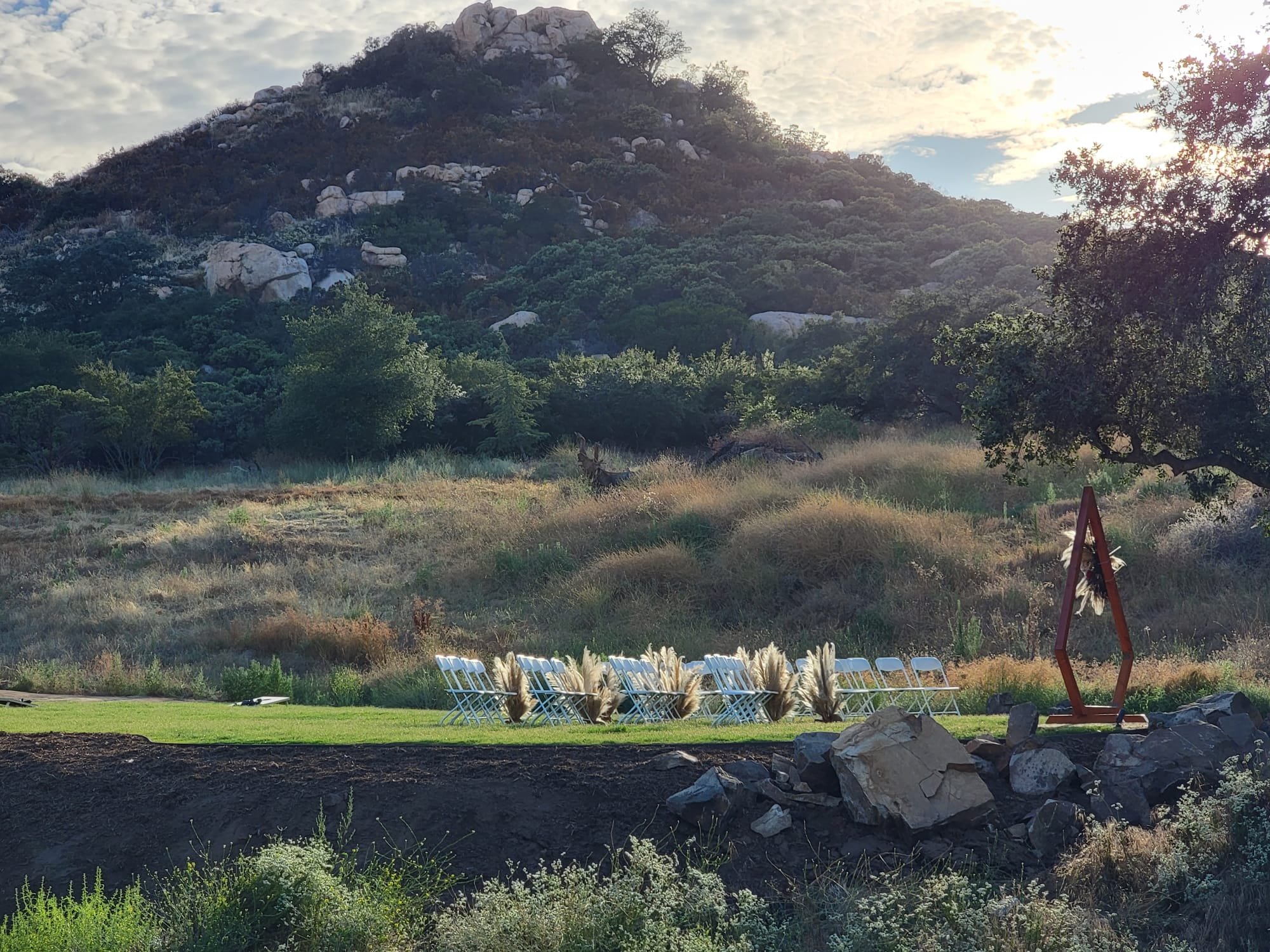




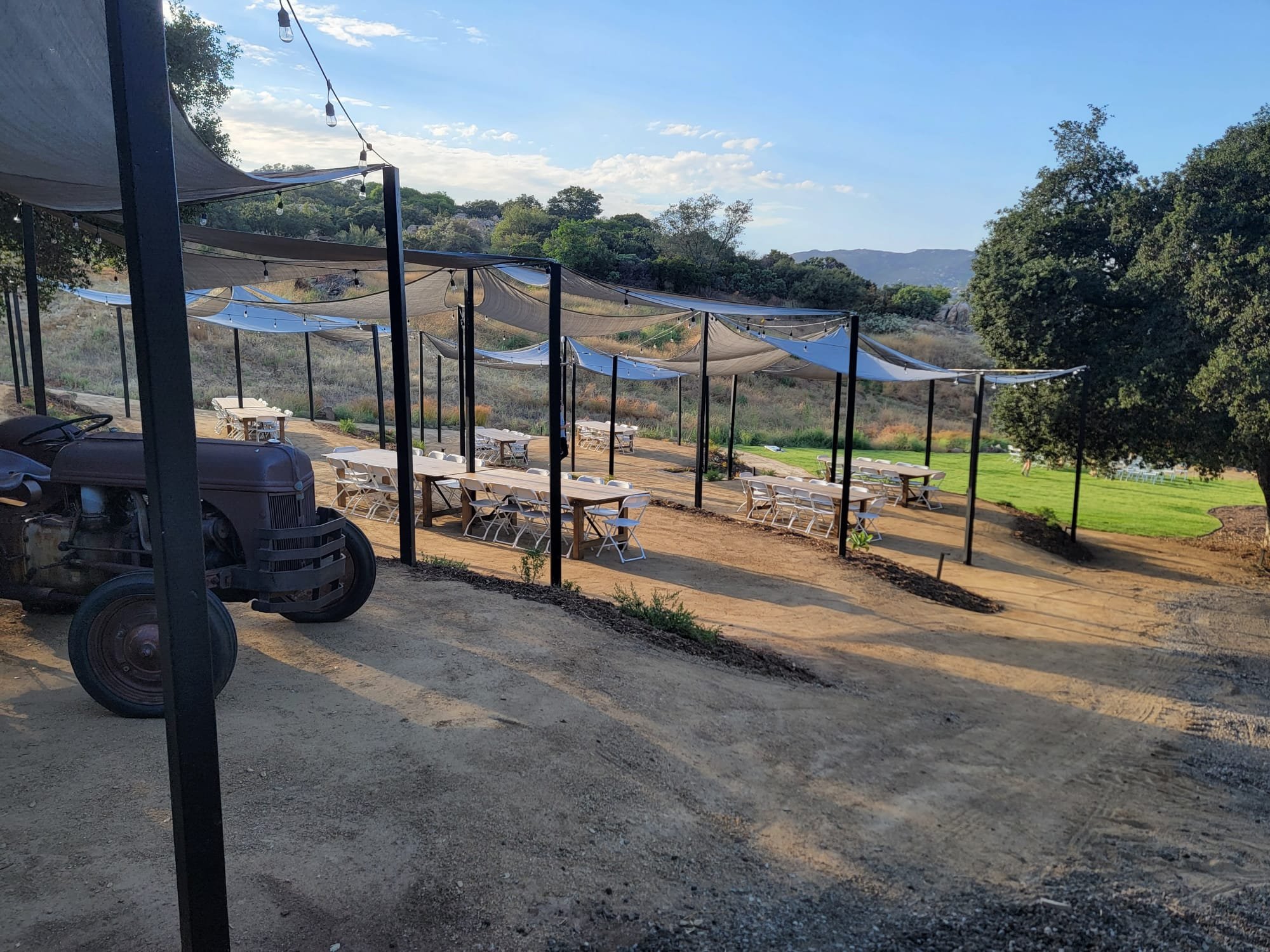
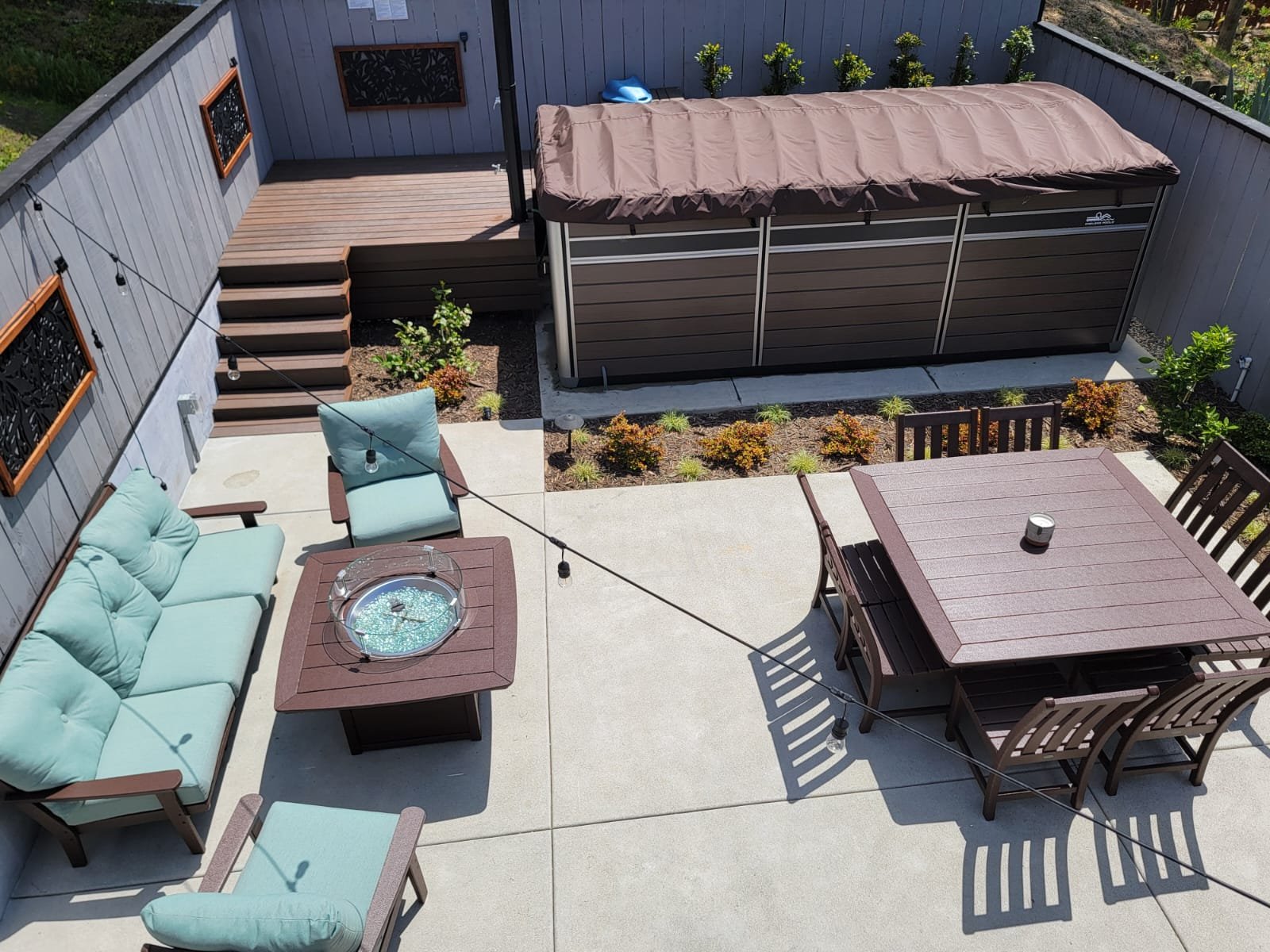

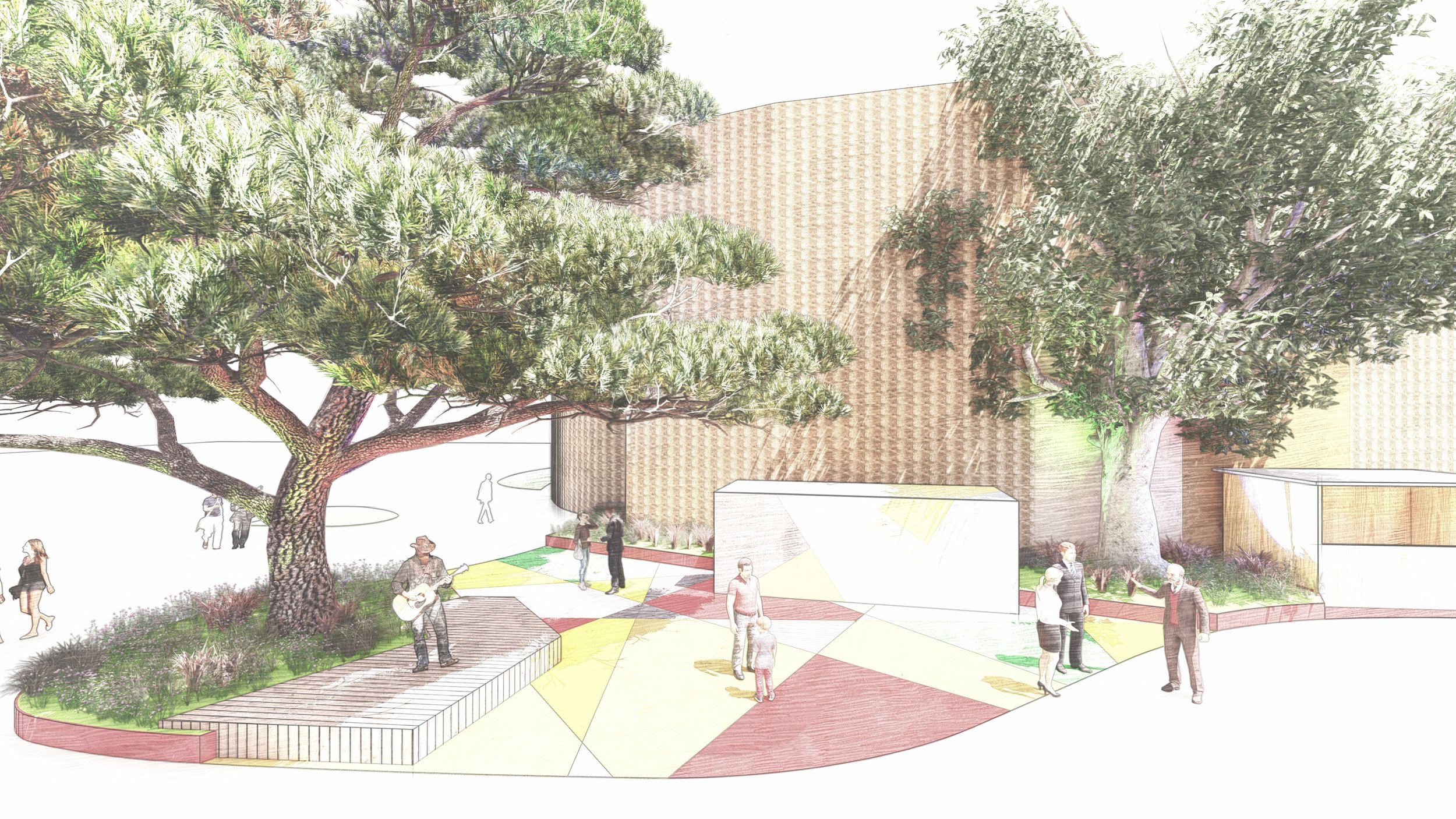
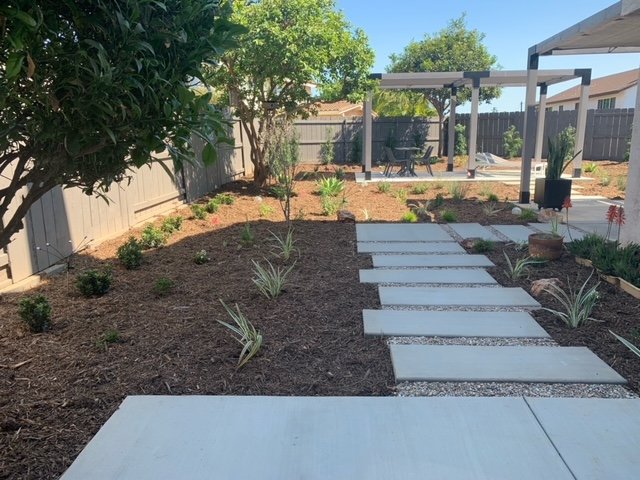
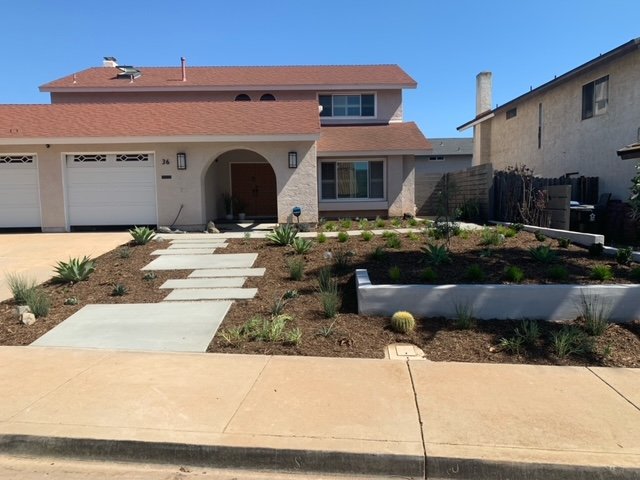
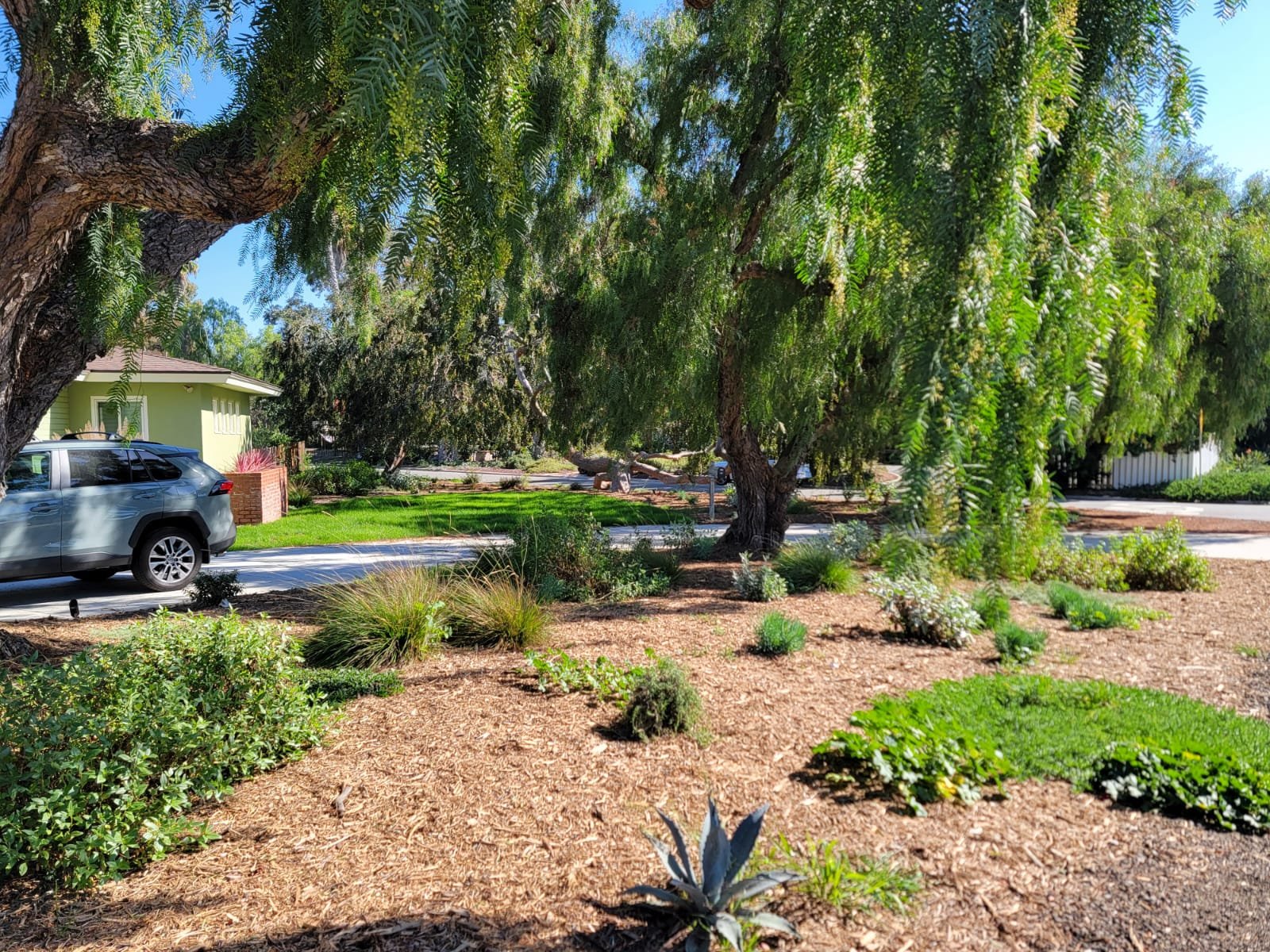
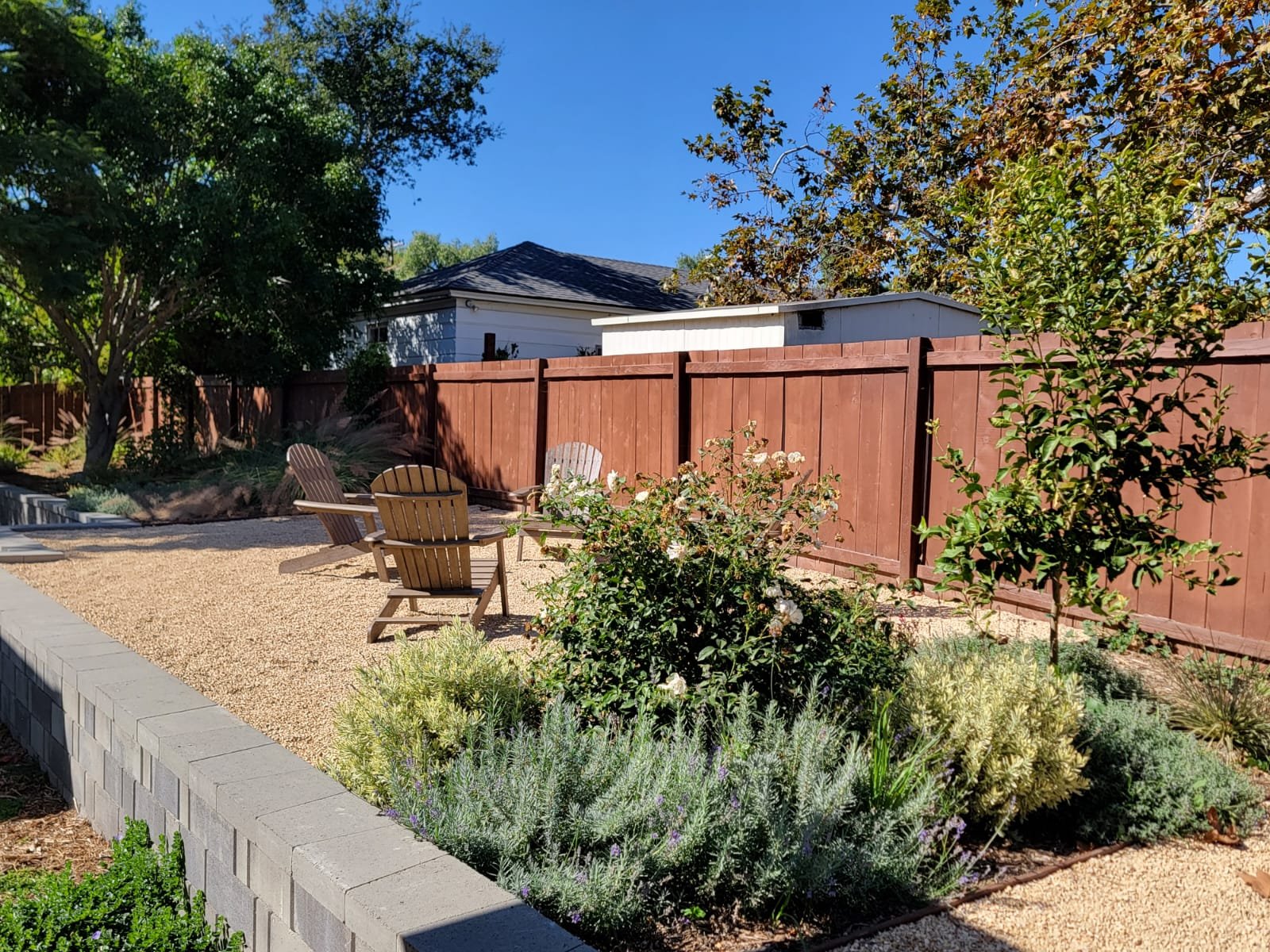
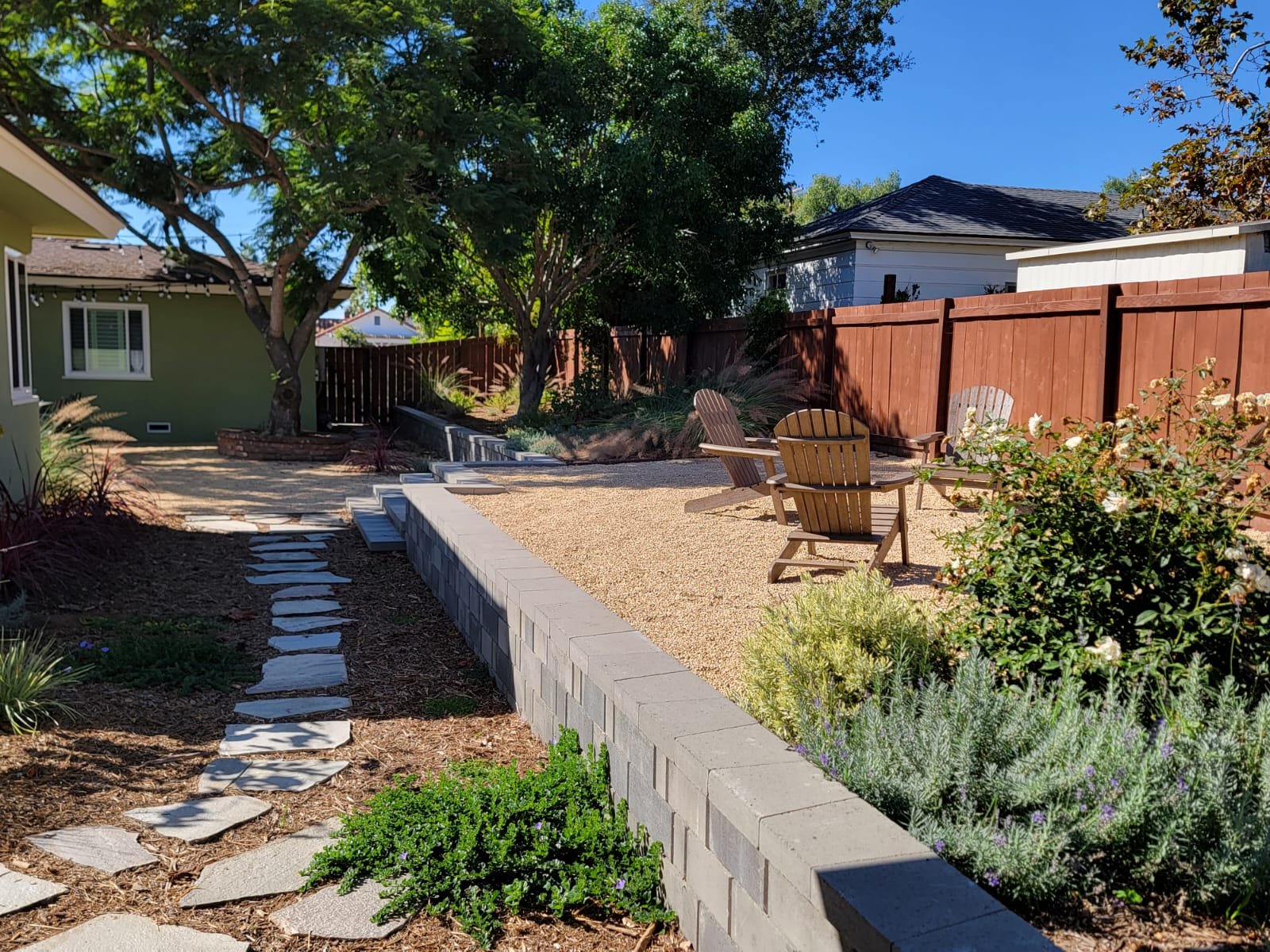

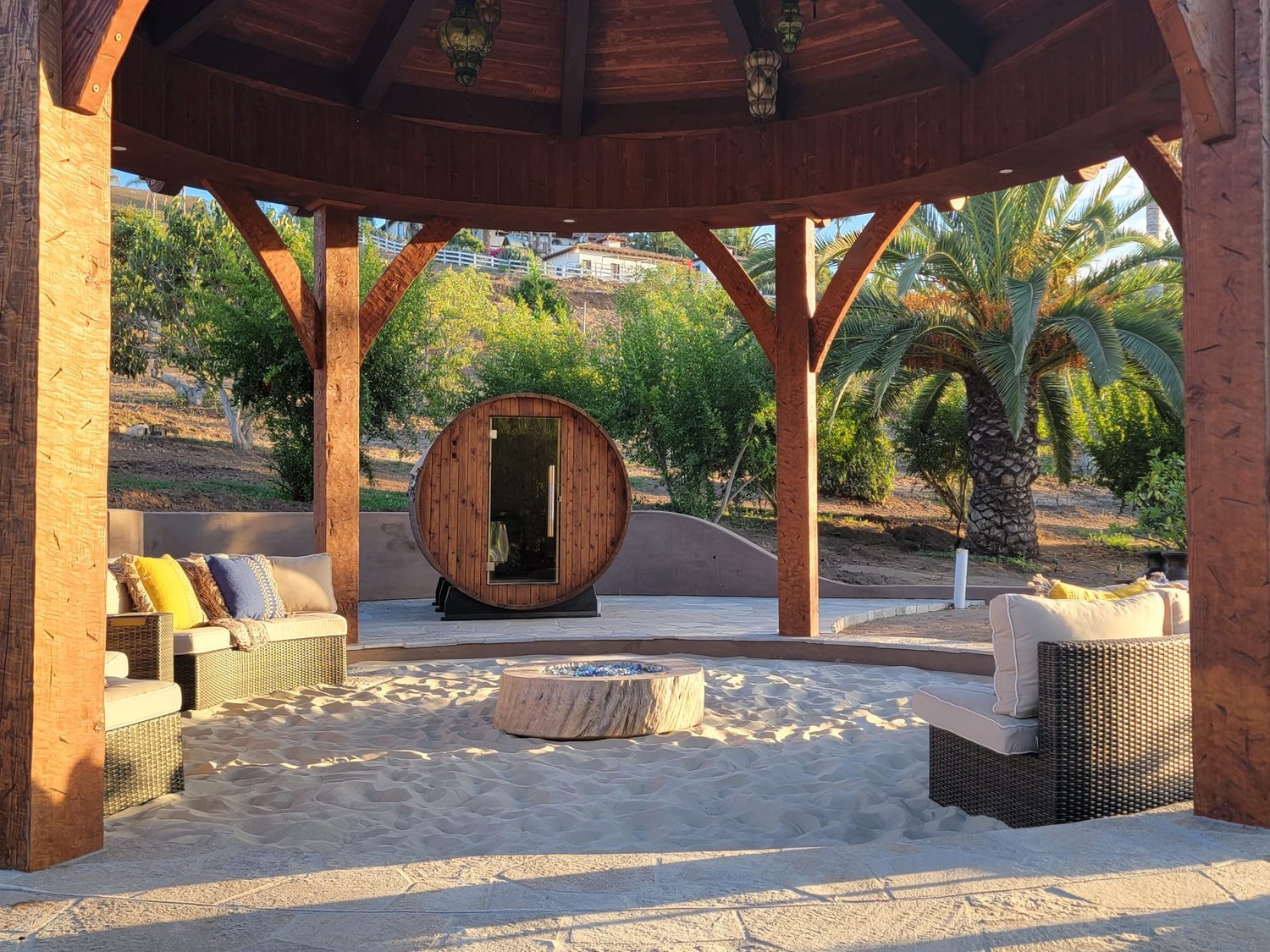
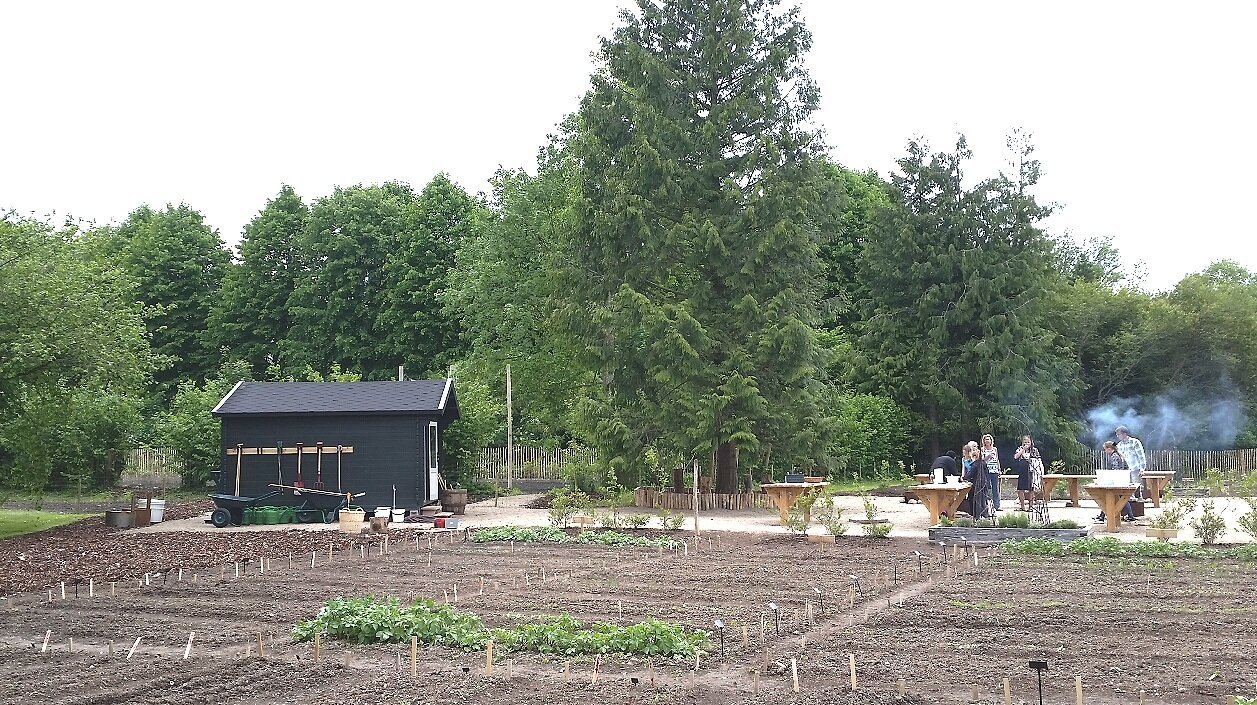



Landscape design history of Queens, New York
Queens, the largest borough of New York City, has a rich history of landscape design that dates back to the early 20th century. Here are a few notable examples:
Forest Park: Forest Park was designed by Frederick Law Olmsted and Calvert Vaux, the same team who designed Central Park in Manhattan. The park covers over 500 acres and features a variety of landscapes, including forests, wetlands, and meadows. It also includes sports facilities, playgrounds, and picnic areas.
Flushing Meadows-Corona Park: Flushing Meadows-Corona Park was originally created for the 1939 World's Fair and later expanded for the 1964 World's Fair. The park covers over 1,200 acres and features a variety of attractions, including the Unisphere, the New York Hall of Science, and the Queens Zoo.
Cunningham Park: Cunningham Park was designed in the 1930s and covers over 350 acres. It features a variety of landscapes, including forests, wetlands, and grasslands, and includes sports facilities, playgrounds, and picnic areas.
Astoria Park: Astoria Park was designed in the early 20th century and covers over 55 acres. It features a waterfront promenade, a public pool, and sports facilities, as well as stunning views of the Manhattan skyline.
Queens Botanical Garden: The Queens Botanical Garden was founded in the 1940s and covers over 39 acres. It features a variety of gardens, including a rose garden, a herb garden, and a bee garden, as well as educational programs and events throughout the year.
Overall, the landscape design history of Queens reflects a commitment to creating public spaces that provide opportunities for recreation, education, and connection to nature. The borough's parks, gardens, and public spaces continue to evolve and adapt to the changing needs of its diverse communities.
Architectural styles of Queens, New York
Queens, the largest borough of New York City, has a rich architectural history that reflects the diverse cultural influences of its neighborhoods. Here are some of the notable architectural styles found in Queens:
Tudor Revival: Tudor Revival is a popular architectural style in Queens, especially in neighborhoods like Forest Hills and Kew Gardens. These homes are characterized by steeply pitched roofs, half-timbering, and decorative brickwork.
Colonial Revival: Colonial Revival homes are also common in Queens, particularly in neighborhoods like Douglaston and Bayside. These homes are characterized by symmetrical facades, tall chimneys, and pedimented doorways.
Art Deco: Art Deco is a popular architectural style in Queens, particularly in commercial buildings like the former Pepsi-Cola sign in Long Island City. These buildings are characterized by sleek, streamlined forms, bold geometric shapes, and ornate decoration.
Modernism: Modernist architecture is also found in Queens, particularly in the International Style buildings of the 1964 World's Fair in Flushing Meadows-Corona Park. These buildings are characterized by clean lines, simple forms, and the use of glass and steel.
Greek Revival: Greek Revival is a style that is found in some of Queens' historic homes, such as the Kingsland Homestead in Flushing. These homes are characterized by columns, pediments, and other elements inspired by ancient Greek architecture.
Overall, the architectural styles of Queens reflect a rich history of cultural influences and a commitment to innovation and creativity. These styles continue to evolve and adapt to the changing needs of the borough's diverse communities.
Best gardens and courtyards to visit in Queens, New York
Queens, the largest borough of New York City, has several beautiful gardens and courtyards that are worth visiting. Here are some of the best ones:
Queens Botanical Garden: The Queens Botanical Garden covers 39 acres and features a variety of gardens, including the bee garden, herb garden, and rose garden. The garden also hosts a variety of events and educational programs throughout the year.
Gantry Plaza State Park: Gantry Plaza State Park is located on the waterfront in Long Island City and offers stunning views of the Manhattan skyline. The park features a variety of landscaped gardens and courtyards, as well as a playground, sports facilities, and a fishing pier.
Socrates Sculpture Park: Socrates Sculpture Park is located in Long Island City and features a variety of outdoor sculptures and installations. The park also features a garden and a variety of public programs and events.
Flushing Meadows-Corona Park: Flushing Meadows-Corona Park was originally created for the 1939 World's Fair and later expanded for the 1964 World's Fair. The park covers over 1,200 acres and features a variety of gardens and courtyards, including the Queens Botanical Garden Extension and the Queens Museum of Art Sculpture Garden.
Alley Pond Park: Alley Pond Park covers over 600 acres and features a variety of landscapes, including forests, wetlands, and meadows. The park also features a variety of gardens and courtyards, including the Douglaston Garden Club Memorial Garden and the Queens County Farm Museum Herb Garden.
Overall, these gardens and courtyards in Queens offer visitors a chance to experience the beauty and diversity of the borough's natural and cultural landscapes.
Trees of Queens, New York
Queens, the largest borough of New York City, is home to a diverse array of trees that provide shade, beauty, and ecological benefits. Here are some of the most common trees found in Queens:
London Plane Tree: The London Plane Tree is a hybrid of the American Sycamore and the Oriental Plane. It is a popular street tree in Queens due to its ability to withstand pollution and its attractive bark.
Norway Maple: The Norway Maple is a common tree in Queens that is known for its large leaves and yellow fall color. It is often used as a street tree due to its tolerance of urban conditions.
Sweetgum: The Sweetgum is a medium-sized tree with distinctive star-shaped leaves that turn a brilliant red, orange, or yellow in the fall. It is often used in landscaping and as a street tree in Queens.
Red Maple: The Red Maple is a fast-growing tree that is known for its vibrant red leaves in the fall. It is often used as a street tree in Queens due to its tolerance of urban conditions.
Eastern White Pine: The Eastern White Pine is a large evergreen tree that is native to the northeastern United States. It is often used in landscaping and as a windbreak in Queens.
American Elm: The American Elm is a tree with a distinctive vase-shaped canopy that was once a common street tree in Queens. The species was decimated by Dutch Elm Disease in the mid-20th century, but some surviving specimens can still be found in the borough.
Overall, the trees of Queens contribute to the borough's character and help to create a more livable and sustainable urban environment.
Perennials of Brooklin, inspiration for your garden
Queens, the largest borough of New York City, is home to a variety of perennials that can add color and beauty to gardens and landscapes. Here are some of the most common perennials found in Queens:
Black-Eyed Susan: The Black-Eyed Susan is a popular perennial with bright yellow, daisy-like flowers with dark centers. It blooms from midsummer to early fall and is a great addition to gardens and borders.
Coneflower: The Coneflower, also known as Echinacea, is a hardy perennial with pink, purple, or white daisy-like flowers. It blooms from midsummer to fall and is attractive to butterflies and bees.
Daylily: The Daylily is a hardy perennial with strap-like foliage and trumpet-shaped flowers in a variety of colors, including yellow, orange, and red. It blooms in midsummer and is a great addition to borders and rock gardens.
Hosta: Hostas are popular shade-loving perennials with large, textured leaves and spikes of bell-shaped flowers in white or lavender. They are great for adding texture and color to shady areas of the garden.
Coral Bells: Coral Bells, also known as Heuchera, are low-growing perennials with lobed leaves and delicate flowers on tall stems. They come in a variety of colors, including pink, red, and green, and are great for adding color to borders and rock gardens.
Russian Sage: Russian Sage is a hardy perennial with silvery-gray foliage and spikes of lavender-blue flowers. It blooms from midsummer to fall and is attractive to butterflies and bees.
Overall, these perennials can thrive in the climate and conditions of Queens and can add color and beauty to gardens and landscapes throughout the borough.
FEATURED PROJECTS
In recent years, landscape architects in New York have increasingly focused on creating environmentally friendly and sustainable designs that prioritize biodiversity, natural processes, and ecological health. Examples of sustainable landscape architecture in New York include Freshkills Park, Brooklyn Bridge Park, and the Queens Plaza Bicycle and Pedestrian Improvements.
These are just a few examples of the many landscape architecture styles found in New York City, each with its own unique history, aesthetics, and goals.
LASD Studio Services: Landscape Architecture, Sustainability & Design.
Our design studio delivers Garden Design, Landscape architecture and Urban Design Projects internationally. Each of our design distinguishes with with the high quality details, attention to the specific epoch of architecture style, climate zone, sustainability issues and of course wishes of our clients.
LASD Studio fields of expertise are ( for private, public, institutional):
Garden Design, Landscape Design & Exterior Design
Landscape Architecture
Urban Design
Regional Landscape Design
Private, Public, Institutional Landscape Design and Landscape Architecture Services worldwide.
Land Art, planting plan selection, Landscape Design and Landscape Tender Preparation
“LASD Studio: Your Bridge to Nature”













